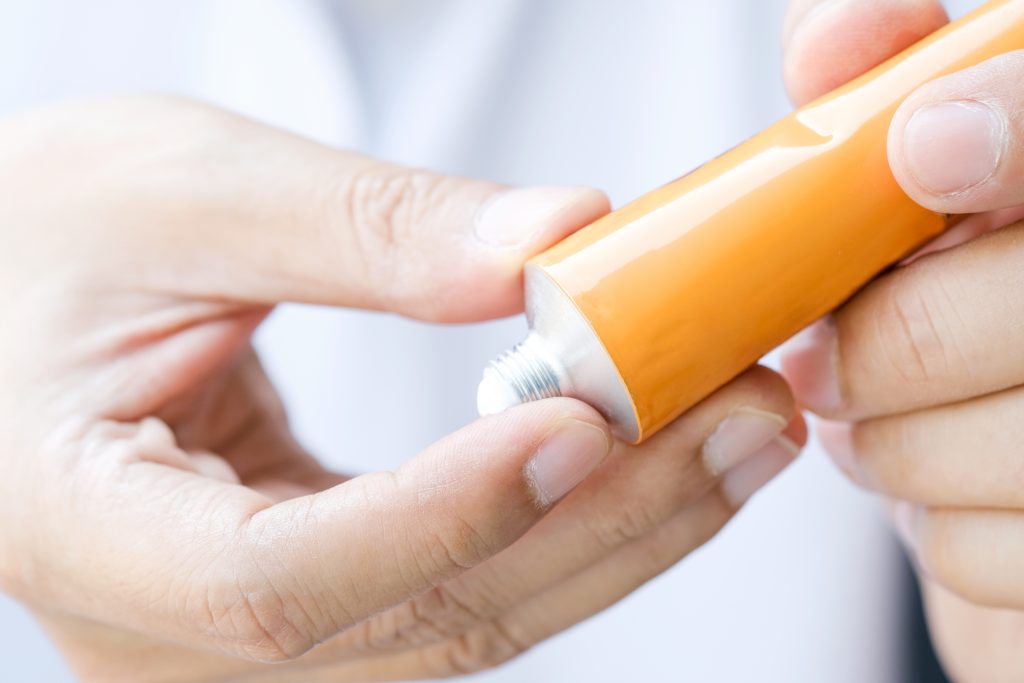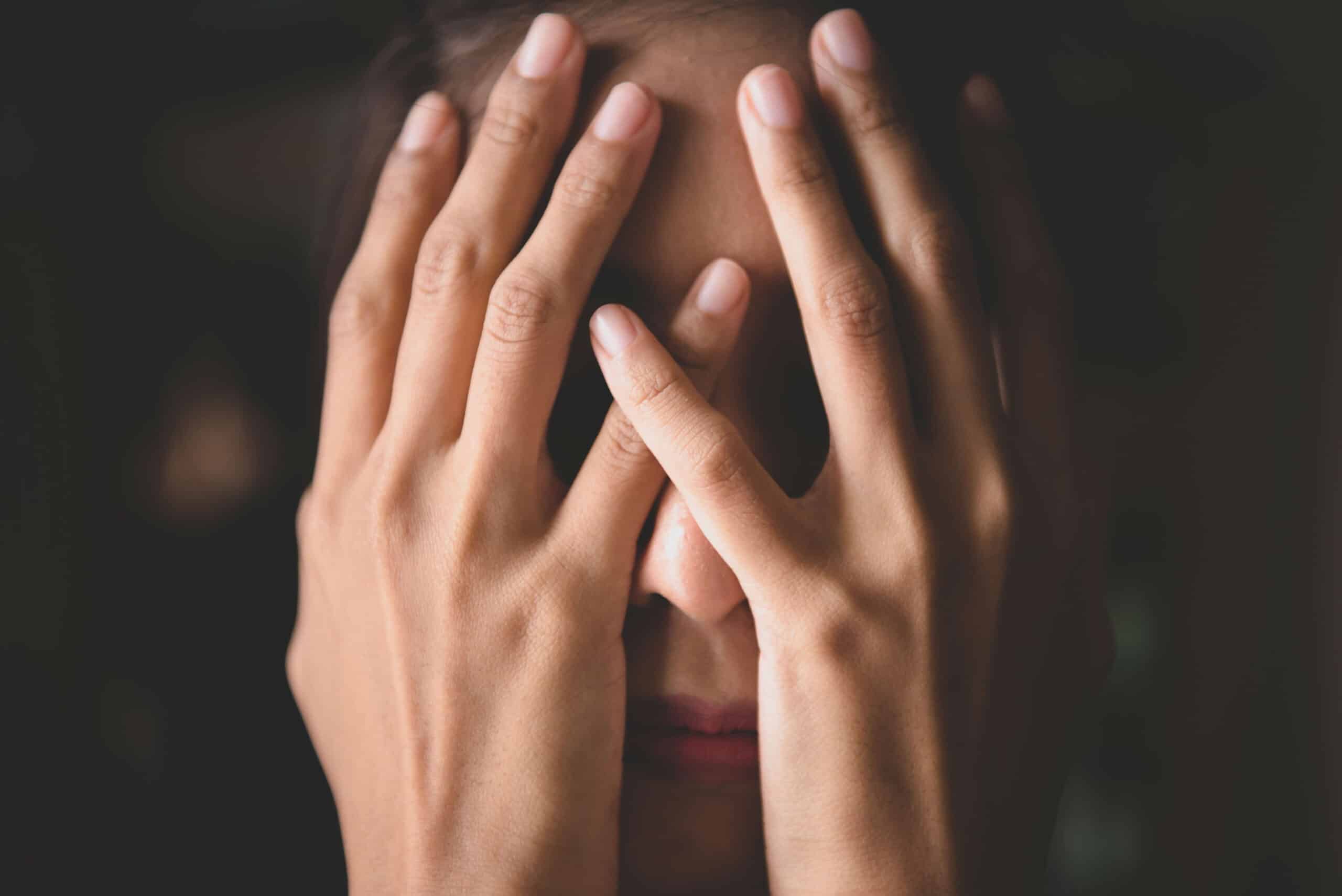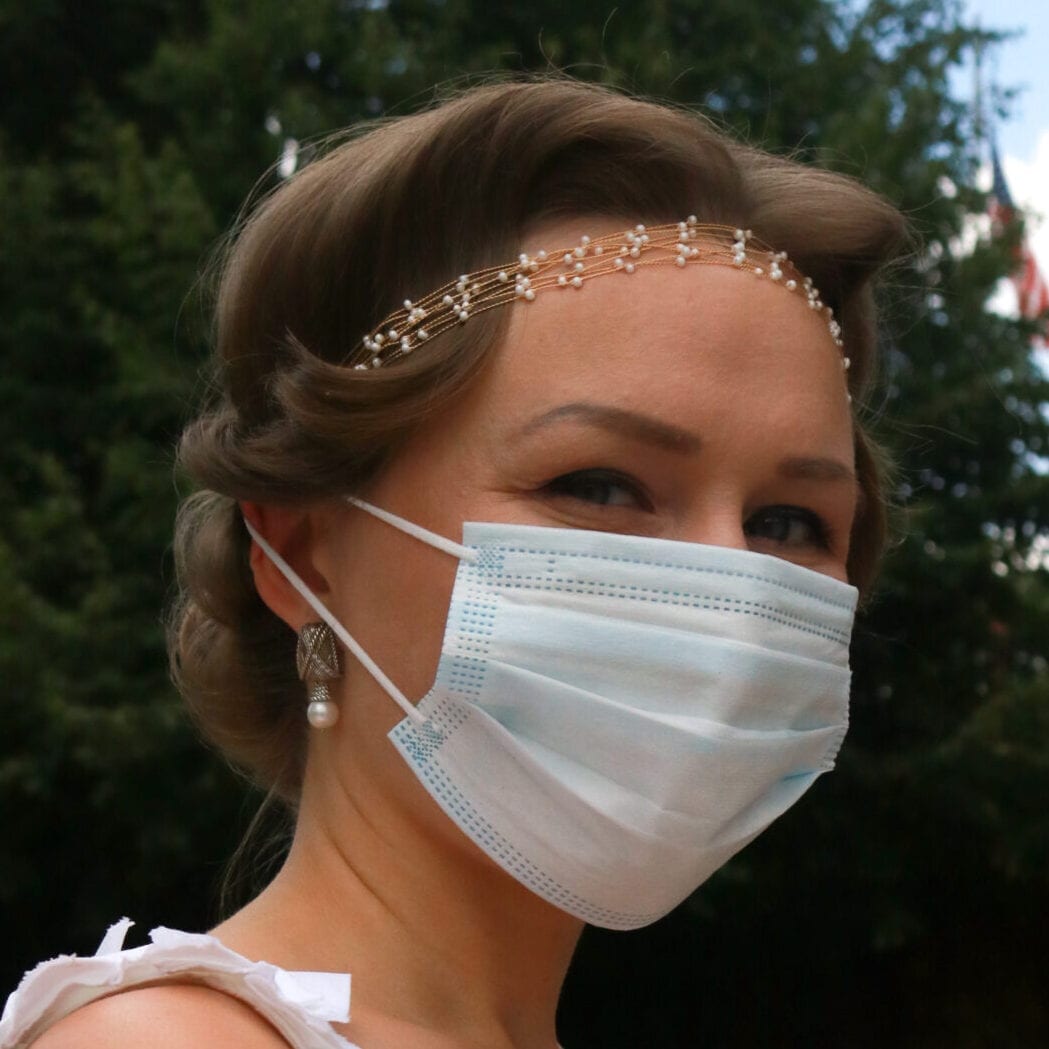Understanding Topical Steroid Withdrawal (TSW)
In recent years, the medical community and patients alike have become increasingly aware of a condition known as Topical Steroid Withdrawal (TSW). This phenomenon, which can occur in individuals who have used topical corticosteroids for extended periods, presents with a range of challenging symptoms that can significantly impact a person’s quality of life. As it emerges from the shadows of lesser-known medical issues, understanding TSW is more important than ever.
TSW, also recognized as Red Skin Syndrome, is not merely a skin condition; it’s a multi-faceted health challenge that can affect individuals both physically and emotionally.

What is Topical Steroid Withdrawal?
Definition and Overview
TSW, also known as Red Skin Syndrome, occurs when the body becomes dependent on topical steroids. Originally developed as a treatment for various skin conditions, the overuse of these steroids can lead to TSW upon cessation.
Causes of TSW
The condition develops after prolonged or inappropriate use of topical steroids. The skin becomes reliant on these medications, leading to withdrawal symptoms when they’re discontinued.
Symptoms and Diagnosis of TSW
Identifying TSW Symptoms
Symptoms include redness, burning, and severe itching. Unlike typical skin conditions, TSW often presents with widespread redness and a distinct burning sensation.
The Process of Diagnosis
Diagnosing TSW is challenging as it mimics other skin conditions. A thorough medical history, particularly steroid use history, is crucial in diagnosis.
Impact and Complications
Physical and Psychological Impact
Physically, TSW can lead to painful, inflamed skin. Psychologically, it can cause distress, anxiety, and social withdrawal due to its appearance.
Potential Complications
Long-term TSW may lead to skin infections and sleep disturbances due to severe itching.
Treatment and Management Strategies
Medical Treatments
Treatment focuses on managing symptoms and includes non-steroidal medications. Consulting healthcare providers is essential for tailored treatment.
Lifestyle and Home Care
Skin care routines that include gentle cleansing and moisturizing are key. Lifestyle changes like stress reduction can also help manage symptoms.
Patient Stories and Support
Many have found solace in sharing their TSW journeys and connecting with others through support groups, highlighting the importance of community in managing this condition.
Conclusion
TSW is a challenging condition that requires a comprehensive approach for management. Understanding its nature, symptoms, and treatment options is crucial for those affected. For further information, consulting healthcare professionals and exploring additional resources is recommended.
What is Topical Steroid Withdrawal?
Definition and Overview
TSW, also known as Red Skin Syndrome, occurs when the body becomes dependent on topical steroids. Originally developed as a treatment for various skin conditions, the overuse of these steroids can lead to TSW upon cessation.
Causes of TSW
The condition develops after prolonged or inappropriate use of topical steroids. The skin becomes reliant on these medications, leading to withdrawal symptoms when they’re discontinued.
Symptoms and Diagnosis of TSW
Identifying TSW Symptoms
Symptoms include redness, burning, and severe itching. Unlike typical skin conditions, TSW often presents with widespread redness and a distinct burning sensation.
The Process of Diagnosis
Diagnosing TSW is challenging as it mimics other skin conditions. A thorough medical history, particularly steroid use history, is crucial in diagnosis.
Impact and Complications
Physical and Psychological Impact
Physically, TSW can lead to painful, inflamed skin. Psychologically, it can cause distress, anxiety, and social withdrawal due to its appearance.
Potential Complications
Long-term TSW may lead to skin infections and sleep disturbances due to severe itching.
Treatment and Management Strategies
Medical Treatments
Treatment focuses on managing symptoms and includes non-steroidal medications. Consulting healthcare providers is essential for tailored treatment.
Lifestyle and Home Care
Skin care routines that include gentle cleansing and moisturizing are key. Lifestyle changes like stress reduction can also help manage symptoms.
Patient Stories and Support
Many have found solace in sharing their TSW journeys and connecting with others through support groups, highlighting the importance of community in managing this condition.


As we reach the end of our comprehensive exploration of Topical Steroid Withdrawal, it’s clear that TSW is more than just a medical condition; it’s a journey that tests resilience, patience, and strength. For those facing this challenging path, remember, you are not alone. The road to recovery may be difficult, but it is paved with hope and support.
At Overlandiop.com, we are committed to being a part of your support system. Our platform doesn’t just offer information; it offers a community. We understand the physical, emotional, and mental toll TSW can take, and we strive to provide resources that not only educate but also uplift and empower. From the latest research and treatment options to personal stories of triumph and perseverance, we are here to ensure you have access to a wealth of knowledge and a community of support.
As you navigate through your TSW journey, hold onto hope and know that with the right information, support, and care, it is possible to manage this condition effectively and reclaim your quality of life.
Published: February 03, 2024
Last Updated: August 24, 2025

Published: December 15, 2025
Behavioral Health During the Holidays: Managing Stress, Anxiety & Emotional Triggers
Why the Holidays Are Harder Than They Look? For many people, the holiday season is portrayed as joyful and restorative. In reality, December is one of the most emotionally challenging months of the year, especially for individuals navigating mental health conditions, substance use recovery, or emotional regulation difficulties. According to the National Alliance on Mental […]
Read more
Published: December 12, 2025
Identity Disorders (DID): When Sense of Self Becomes Unstable
A stable sense of identity helps people understand who they are, how they relate to others, and what gives their life meaning. When identity becomes fragmented, unstable, or unclear, it can significantly affect emotional well-being, relationships, and recovery from mental health or substance use disorders. Identity-related disorders are complex and often misunderstood. At Overland IOP, […]
Read more
Published: November 28, 2025
What Causes Seasonal Affective Disorder?
Seasonal Affective Disorder (SAD) is not simply a reaction to colder weather or shorter days. It is a form of depression influenced by biological, environmental, and psychological factors that interact with seasonal changes. Understanding what causes SAD can help individuals recognize symptoms early and seek effective treatment. According to the National Institute of Mental Health […]
Read more
